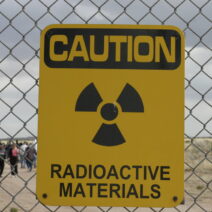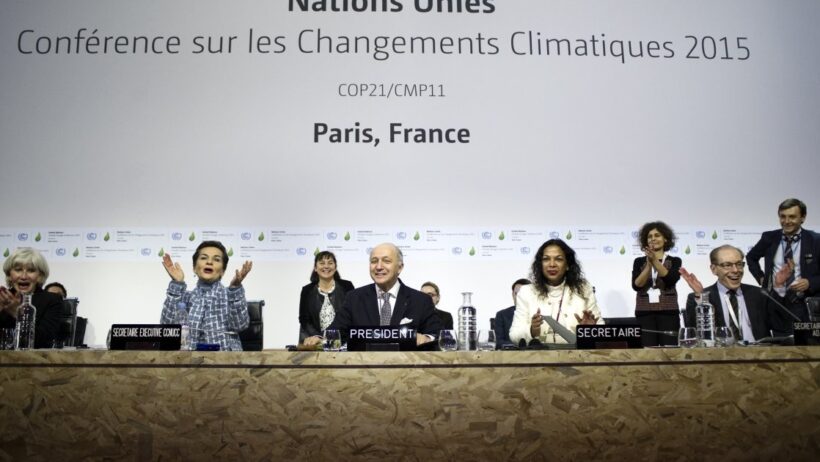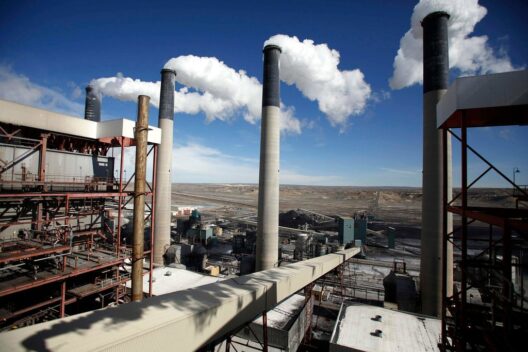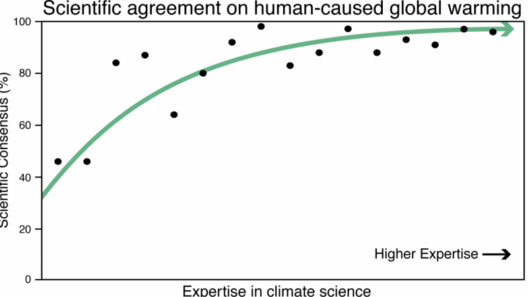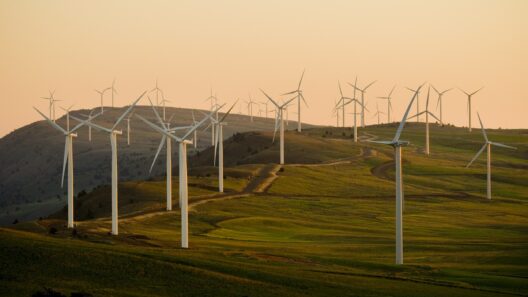In the sprawling narrative of environmental stewardship, the Paris Climate Agreement emerges as a pivotal chapter, emblematic of a global commitment to counteract the looming specter of climate change. Signed on April 22, 2016, this monumental pact encapsulates an evolution in global environmental diplomacy, akin to a symphony harmonizing the diverse notes of nations striving toward a singular, resounding goal: the preservation of our planet.
The genesis of the Paris Climate Agreement traces back to the realities of the 21st century, an epoch that has witnessed nature’s resilience increasingly stretched to its limits. The assembly of nearly 200 nations at the United Nations Framework Convention on Climate Change (UNFCCC) during the 21st Conference of the Parties (COP21) in Paris was not merely an event; it was a confluence of hope and urgency, where the stakes were elevated to unprecedented heights. The agreement was a clarion call for action, with an overarching aim to limit global warming to well below 2 degrees Celsius above pre-industrial levels, while striving for a more ambitious goal of capping the rise at 1.5 degrees Celsius.
As nations etched their commitments onto the historic parchment of the agreement, a nascent determination filled the air, reminiscent of new shoots pushing through hardened soil after a long winter. This determination would be tested not just in words, but through tangible actions aimed at curbing greenhouse gas emissions and enhancing adaptive capacities to climate impacts.
The milestones leading to the signing of the Paris Agreement can be viewed through a lens of evolution, underscoring crucial moments in environmental advocacy. The groundwork was laid in 1992 at the Earth Summit in Rio de Janeiro, where the United Nations Framework Convention on Climate Change was birthed, initiating a decades-long dialogue on climate issues. Each subsequent conference and agreement over the years—including the Kyoto Protocol of 1997—contributed essential lessons informing the Paris discourse. The Paris Agreement represented a tectonic shift from top-down mandates, where binding targets were imposed, to a more inclusive framework encouraging countries to determine their own contributions towards global climate stability.
One cannot overlook the role of scientific revelation in spurring this transformation. The Intergovernmental Panel on Climate Change (IPCC) reports, notably, have unfurled the curtains, revealing stark projections of future scenarios should current trajectories remain unchanged. These scientific clarion calls served as pivotal markers on the timeline, galvanizing public sentiment and mobilizing civic actions. Think of every report as a wave; some have washed over the indifferent shores of complacency, while others have surged forth, igniting the fire of activism.
Following the signing on Earth Day, the momentum of the Paris Agreement continued to escalate like a growing wildfire in a parched landscape. The subsequent ratification by countries was governed by principles rooted in transparency and accountability, underpinned by the Mechanism for Transparency established within the agreement itself. This mechanism ensured that nations would not merely sign with good intentions but would adhere to a commitment akin to a pact forged in the crucible of necessity.
In the years following its adoption, the Paris Agreement has emerged as a beacon for city mayors, corporate leaders, and individuals alike, all motivated to contribute to a sustainable future. Initiatives blossomed, including the “We Are Still In” coalition in the United States, which repurposed the withdrawal of federal commitments into a rallying cry for local action. This local-to-global connectivity resonates with the concept of symbiosis—each organism, whether an individual or community, recognizing their endeavor contributes to the greater ecological balance.
As we navigate the complexities of our changing climate, the agreement stipulates crucial mechanisms, including the Nationally Determined Contributions (NDCs), ensuring countries articulate and pursue their climate goals every five years. This cyclical review, like the rhythms of nature itself, allows for the adaptation of strategies, ensuring that promises made in 2016 remain relevant and ambitious with respect to evolving scientific insights and the emerging urgency of action.
Yet, challenges abound. The specter of non-compliance, economic interests clashing with environmental imperatives, and the relentless progression of climate-triggered disasters continue to overshadow our collective aspirations. The Paris Agreement serves as a crucible, requiring the continuous forging of commitment amidst such trials. Each year, as nations submit their reports, they are reminded of the precariousness of our planet’s balance; the consequences of inaction are stark and visceral.
Turning the tide against climate change is akin to steering a colossal ship; it requires vigilant navigation, unwavering crew commitment, and a collective ethos anchored in our shared fate. Moreover, the Agreement is not merely a diplomatic artifact; it can inspire grassroots movements, educate future generations, and empower individuals to embody the change we wish to see.
As such, the Paris Climate Agreement must be viewed as an ongoing juncture, with each decision-making cycle, adaptation strategy, and local initiative propelling us closer to achieving our shared goals. The appeal goes beyond mere environmental stabilization; it is about forging a legacy of resilience, harmonizing with nature, and fostering an ethos of sustainability that will endure for generations to come. In our hands lies the power to either tip the scales toward destruction or nurture a flourishing ecosystem. The choice is fundamentally ours, echoing across the corridors of time. Our future hinges on the resolve we muster today, under the banner raised on that fateful April day in Paris, and the commitments that arise from it.
